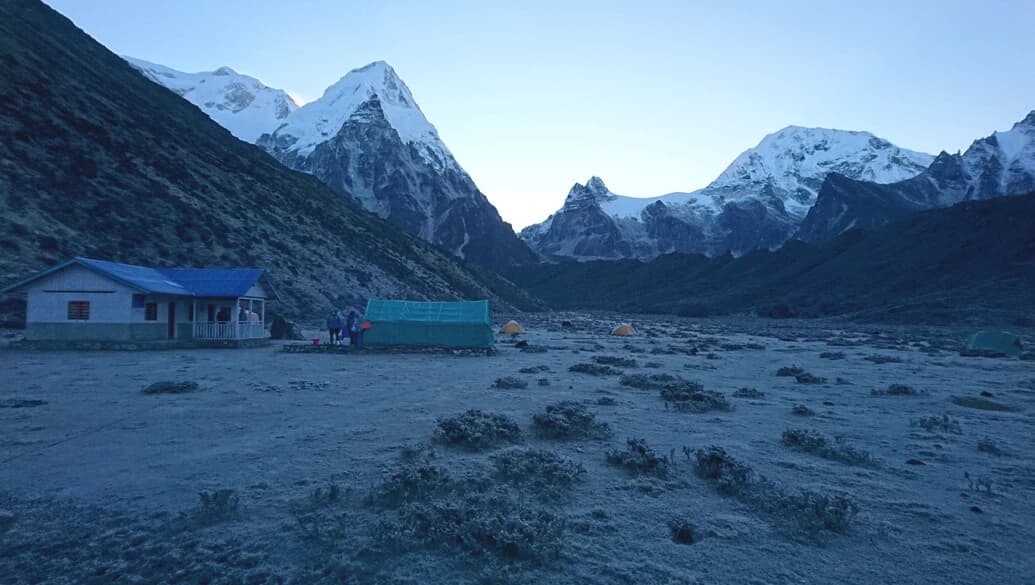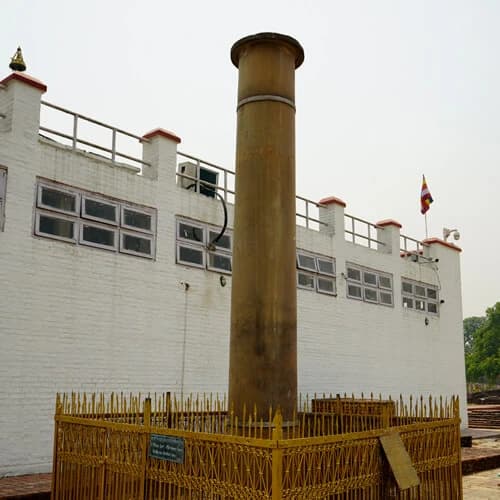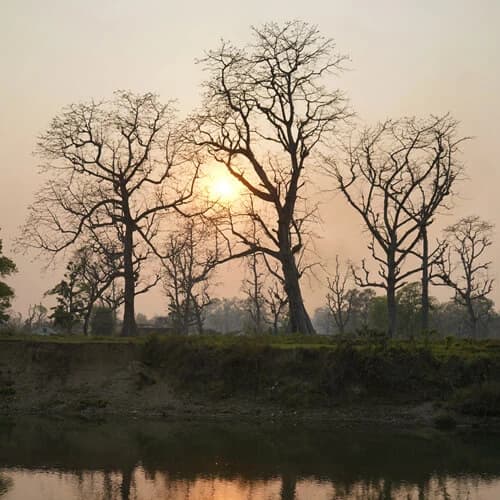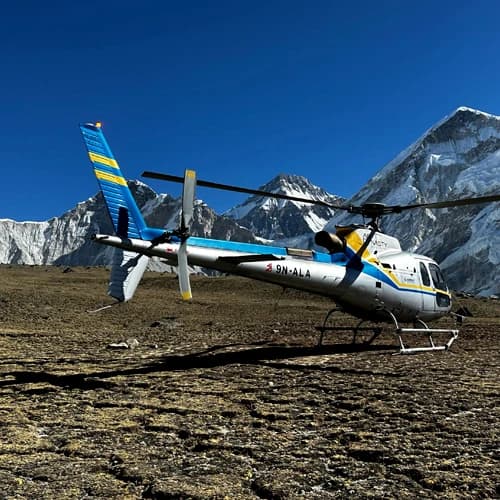Kanchenjunga South Base Camp Trek Highlights
- An adventurous hike in the off-beaten trail and untouched wilderness of Nepal.
- Ascend to the southern base camp of Mount Kanchenjunga, the third-highest peak in the world.
- Enjoy panoramic views of majestic snow-capped peaks, including Makalu, Lhotse, and Jannu Himal.
- A pleasant hike through the Kanchenjunga Conservation Area with the possibility to catch a glimpse of elusive wild species.
- An adventurous hike on the off-beaten trail along the beautiful Yalung Glacier.
- It is a challenging yet rewarding trek experience with surreal views of diverse Himalayan landscapes.
- Immerse yourself in the rich cultural heritage of Buddhist and Hindu traditions.
- Visit ancient monasteries and offer your prayers to the deities for a successful expedition.
- Enjoy a peaceful trek through the silent forest, gushing rivers, and cascading waterfalls.
Trekking to Kanchenjunga South Base Camp
South Base Camp (4,730 meters/15,518 ft) of Mount Kanchenjunga is lower in elevation than the North Base Camp (5,143m/16,873 ft), which makes it a more leisurely trek. Regardless, travelers are rewarded equally in terms of natural and cultural experiences. The Southern Base Camp is located near Ramche (4,610m), which you will reach by following the trail through Yalung Glacier. Along the way, you will stop by viewpoints to soak in the wonderful panorama of Kabru and Rathong Peak.
Most of the route passes through the Kanchenjunga Conservation Area, where you will be accompanied by the tranquil atmosphere of the wilderness. The trail at the beginning of the Kanchenjunga South Base Camp Trek follows the Tamur and Ghunsa Rivers, leading travelers to the quaint village and farmlands. The trekking trail leading to Kanchenjunga Base Camp was opened to hikers only in 1988 AD.
Since the government has declared the area restricted, hikers must obtain a special permit and travel in groups of at least two, in addition to a mandatory licensed trekking guide. It is important to note that this trek requires a good fitness level and prior trek experience for a safe and enjoyable travel experience in the eastern region of Nepal.
It is regarded as one of the best remote treks, receiving fewer trekkers than the Annapurna and Everest regions. The 19 Days Kanchenjunga South Base Camp Trek Nepal takes you to the southern base camp of Kanchenjunga (8,586 meters/28,169 feet), the third-highest peak in the world. The mountain itself sits majestically near the Indian border in the Taplejung District, Nepal.
Kanchenjunga South Base Camp Trek Cost
The Kanchenjunga South Base Camp Trek Cost USD 2095 and can reach USD 1795 per person, depending on your group size. The price of the package also varies according to the season, length of stay, and additional services included.
We advise you to plan your budget accordingly, as the daily expenses you make on the trek also contribute to the overall Kanchenjunga Trek cost. Also, please keep in mind that there are no hidden costs in the package. If you have any queries related to the pricing, you can reach out to us.
Kanchenjunga South Base Camp Trek Private/Group
You can join us on our Kanchenjunga South Base Camp Trek 2025, 2026 in spring or autumn through a private or group package. Trekking with a group is relatively low-cost and offers a collaborative and interactive travel experience with trekkers from around the world. Our group includes a maximum of 6 to 10 people, including a guide to lead them.
On the other hand, if you prefer private trekking, we can arrange a custom itinerary or package according to your needs and preferences. You will be accompanied by a guide and a porter if you do not prefer to carry your own luggage. As compared to a group trek, a private trek allows you the flexibility to travel at your own pace and customize your package at will.




